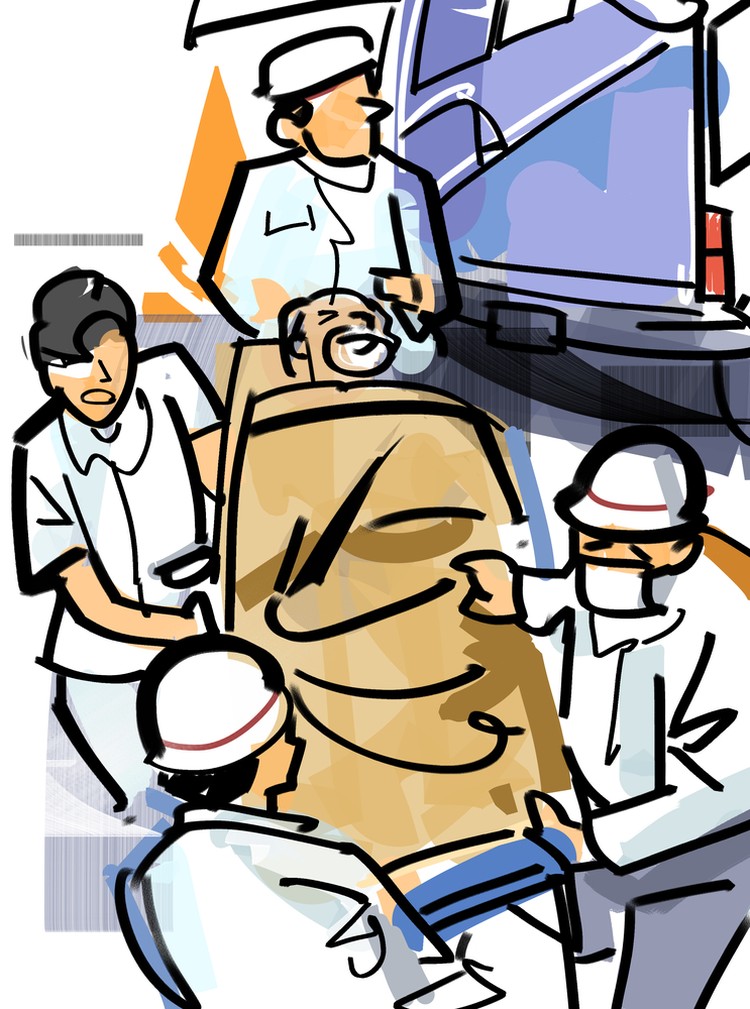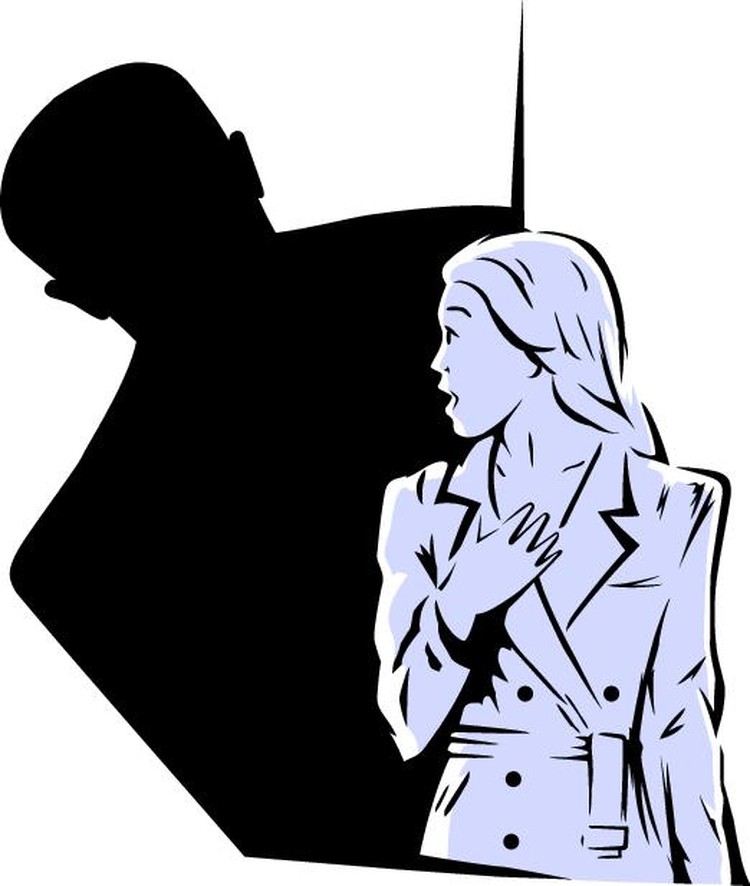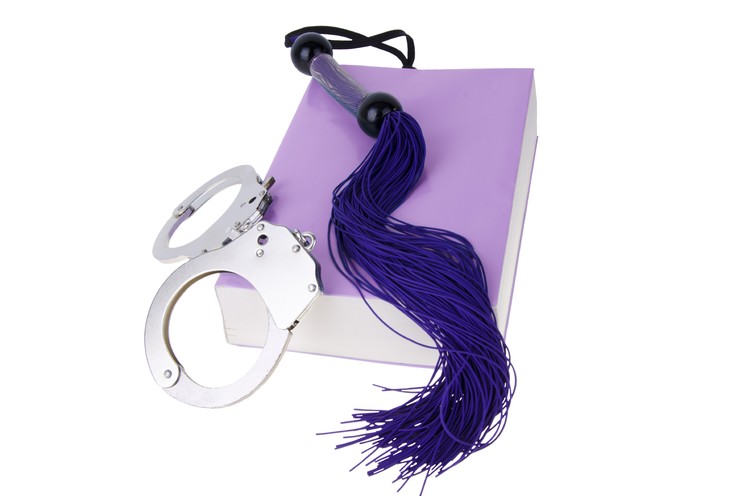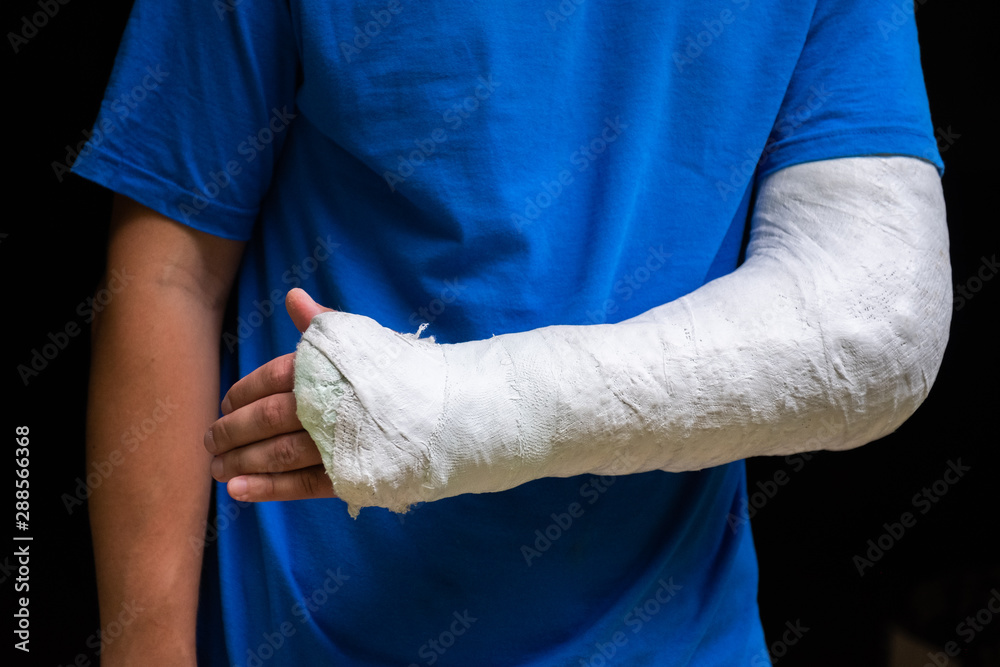
By now you have probably read the headlines about the negative health effects of sitting too long. The studies show that not only couch potatoes, but desk jockeys as well, are compromising health and longevity by sitting for long periods of time. Runners and gym rats are not exempt. In fact, many articles claim that sitting is the new smoking.
I won't pretend I'm an exerciser—far from it. But because I have kids and caregiving commitments that keep me moving, I don't think of myself as sedentary. Or am I? On days when I have uninterrupted time in front of my desktop, I can log many back-to-back hours at the computer. Whether I'm researching for SCF, reading, or watching a TV minimarathon, I am sitting, and sitting for a long time. I don't want my autopsy report to read death by sitting, so I decided to research some options.
A teacher at a local elementary school told me she felt better and more focused, having switched to sitting on a balance ball instead of a desk chair. She even put her students on the balls to add a little movement to a sedentary day. It's still sitting, but using different muscles to keep from falling off.
A runner friend said she mounted a laptop to her treadmill for her walks. My sister added a similar shelf to her stationary bike.
Because, as I said, I’m not the treadmill type, what appealed to me most was a stand-up desk. I was using a kidney-shaped vanity in my home office because I liked its lines; it felt like an old-fashioned writing desk. I had been sitting on an ergonomic kneeling chair but I decided these two old fixtures would be finding new homes.
I bought a 36-inch-high craft table with ample work space and set out to become a stand-up type of gal.
It was more challenging than I anticipated.
On the very first day, I found myself shifting from foot to foot, changing shoes and leaning (a lot) against the desk. My legs throbbed that night in bed. You'd think a marathon shopper wouldn't ache so, but my feet felt as if I had put some miles on them. I even woke up with neck pain.
The second day wasn’t much better, with my legs feeling weak and a heating pad on my neck and shoulders. I almost brought my old desk back. Then it occurred to me to raise the monitor so I wasn't looking down, and that helped the top half of my body. But I still wasn't able to stick out more than a few hours in the standing-still position, so I alternated work spaces by taking my laptop to the table and traded my flats for walking shoes.
I was surprised it was so hard—I thought I was active enough on my feet that this would translate with ease to standing. A few weeks into my new regime, I considered an anti-fatigue mat, and it was in my search that I stumbled upon a website for anyone getting started in stand-up computing. What a treasure trove of research on exactly what ailed me.
Desk Hacks offers all sorts of tips and tricks, even a 28-day, standing-desk challenge to aid in the transition to the standing life. Each day I received an email with the suggested time on my feet. I was already halfway there, but it made such good sense to build up over a month rather than to quit sitting, cold turkey, as I did.
This lifestyle change isn't the only key to a healthier life, but it's a start. If you would like to try a stand-up desk, I'd encourage you to do more research than I did and definitely to:
- Wear supportive shoes
- Purchase an anti-fatigue mat
- Position the monitor at eye level
- Use a stool or a box to allow you to raise one leg
- Stand up straight
In the “no good deed goes unpunished” department: standing in one place for a long time poses health risks of its own, so take regular breaks to walk and stretch.
Now that I’ve convinced you to think about a stand-up desk, here’s the kicker to my story. I gave it a solid try for a year before I conceded that my work was suffering due to my constant walking breaks…to the refrigerator. (We all know how that story ends.) So I set up my little vanity table and kneeling chair again and now I alternate between that and the stand-up desk.
The moral of the story is that it might take some time to find a combination that works for you. For the record too, my teacher friend gave up the ball chair and moved to pedal desks or resistance bands on the desk leg or chair as an outlet for fidgeters. Even if it takes some trial and error, it’s worth it to figure out a way to sit less and move more—as long as you don’t move to the fridge.
Pepper Evans works as an independent-living consultant, helping older adults age in place. She is the empty-nest mother of two adult daughters and has extensive personal and professional experience as a caregiver. She has worked as a researcher and editor for authors and filmmakers. She also puts her time and resources to use in the nonprofit sector and serves on the Board of Education in Lawrence Township, NJ.

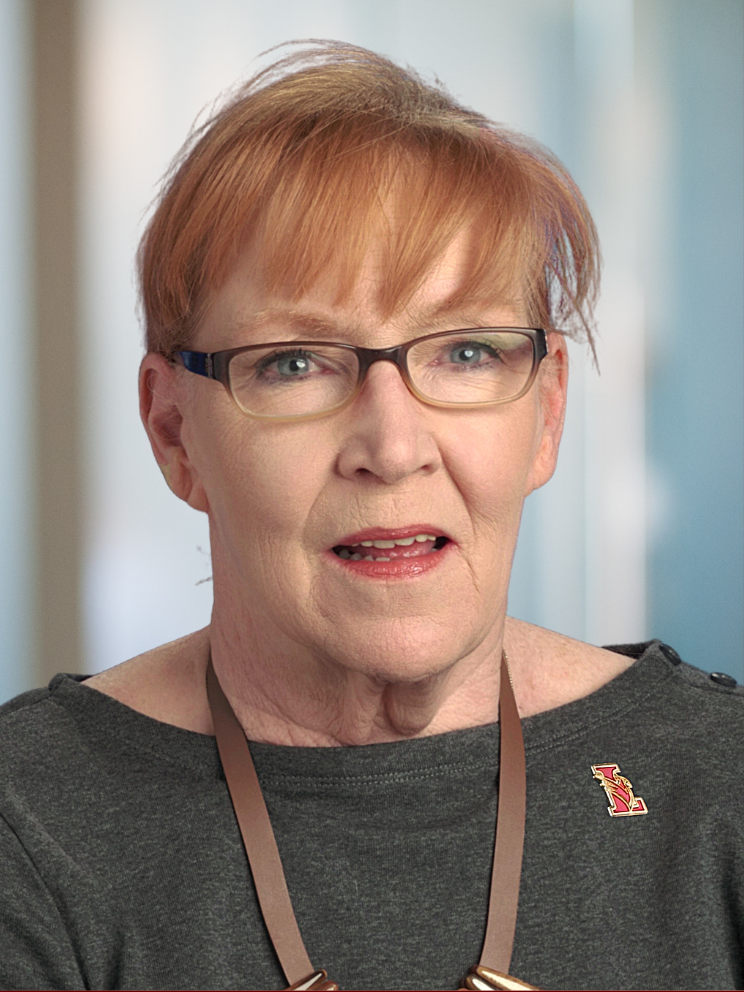

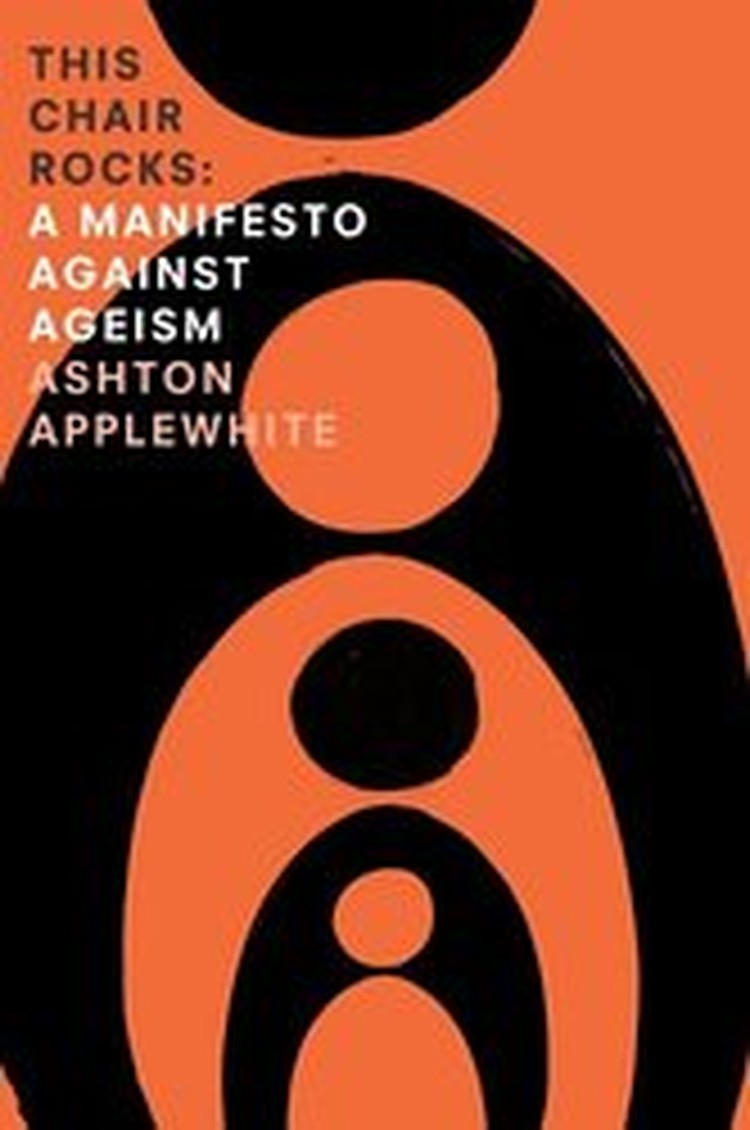



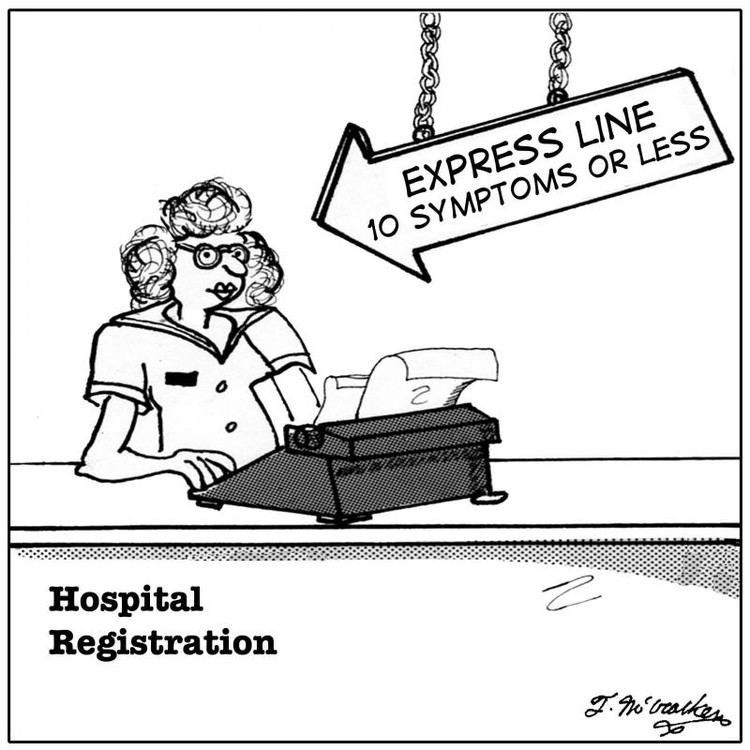
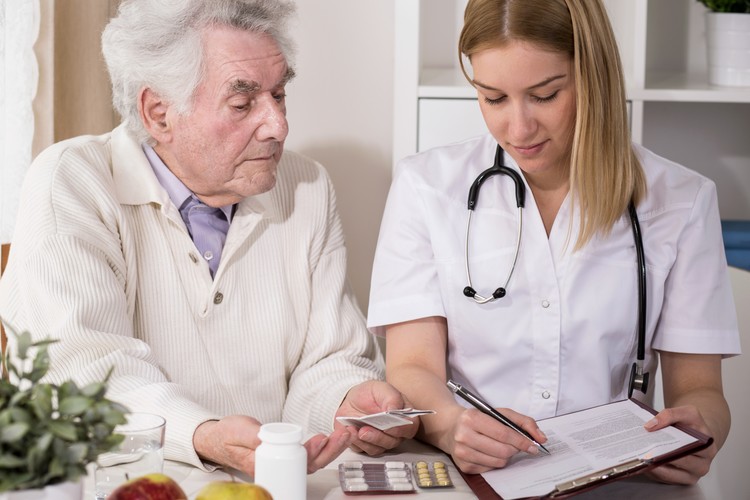

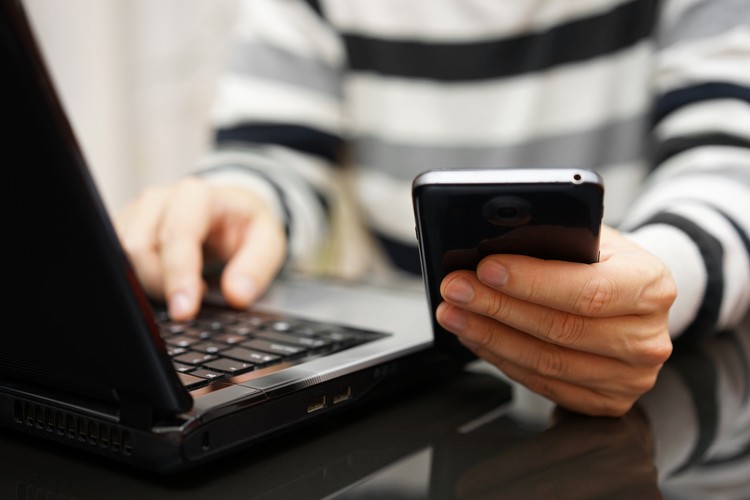
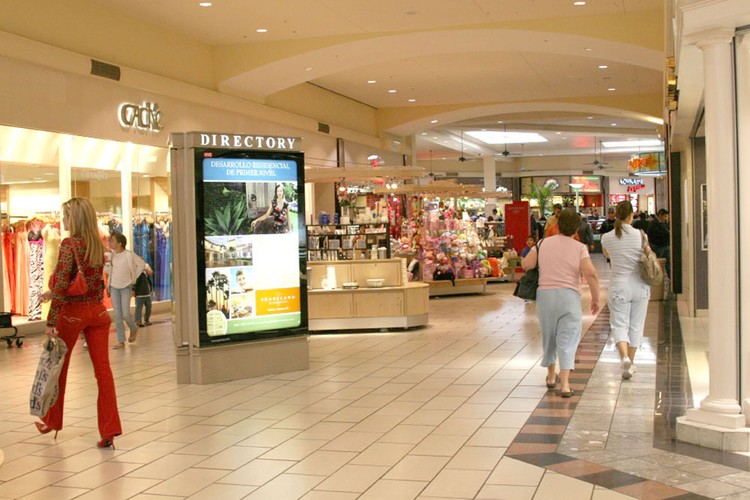




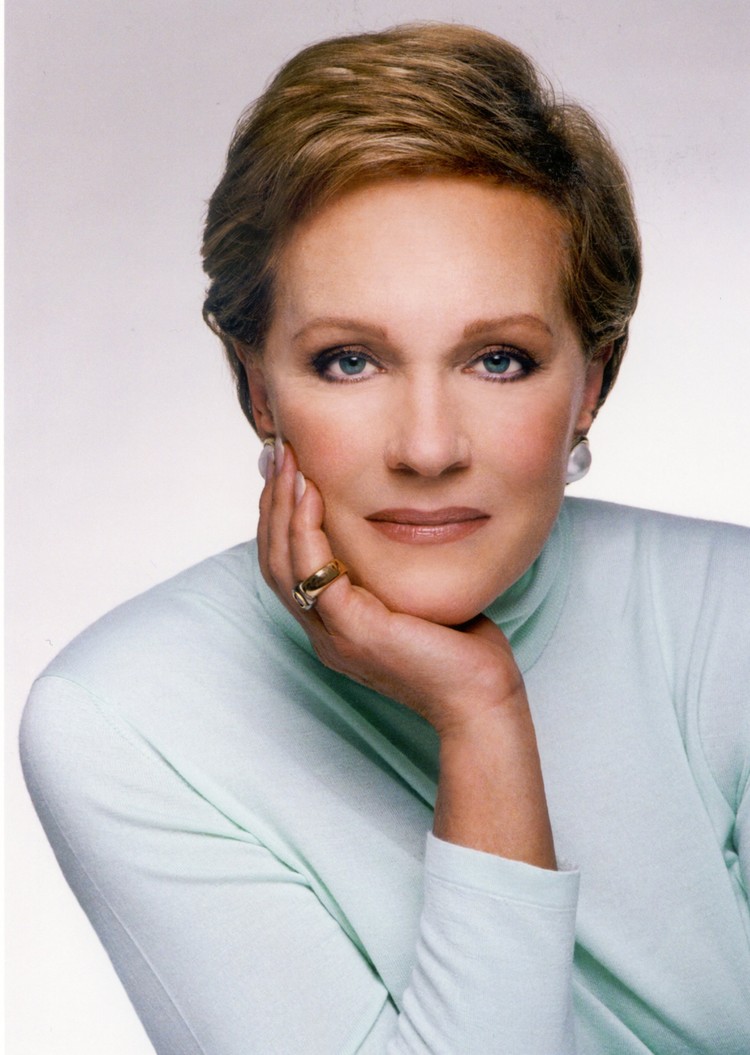
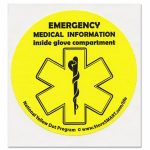
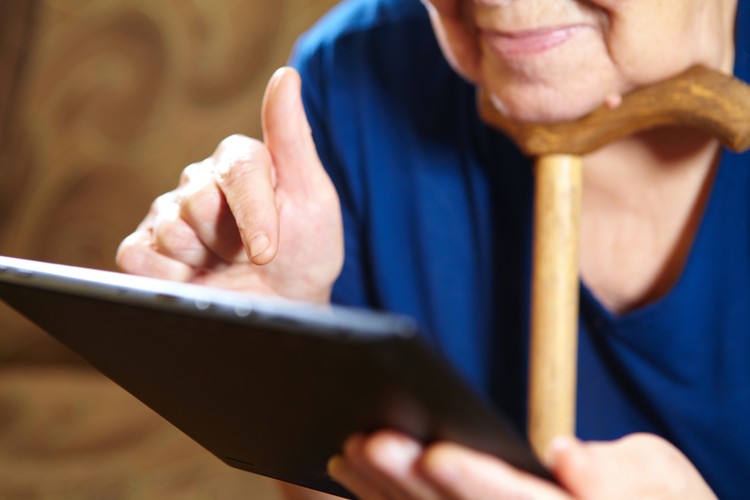

 Start right now. Give your home a health checkup once a year to be proactive about home safety at any age!
Start right now. Give your home a health checkup once a year to be proactive about home safety at any age!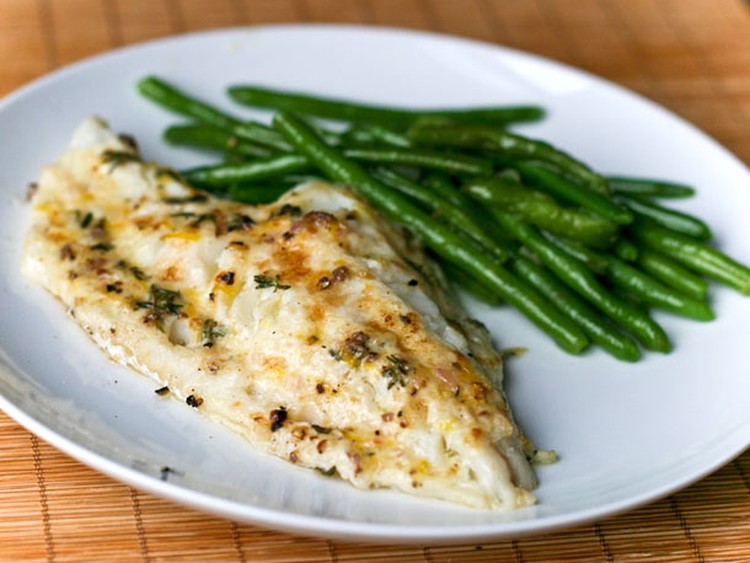

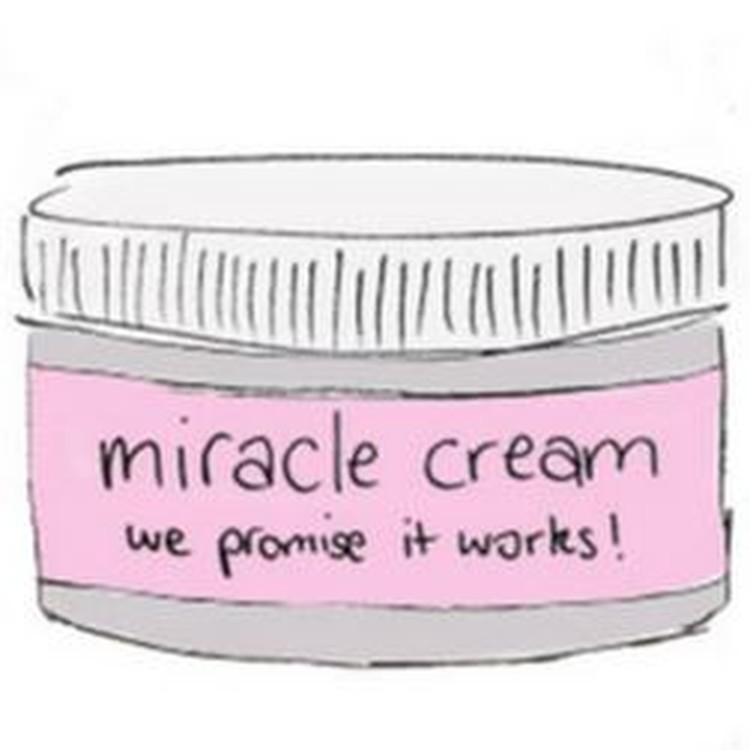


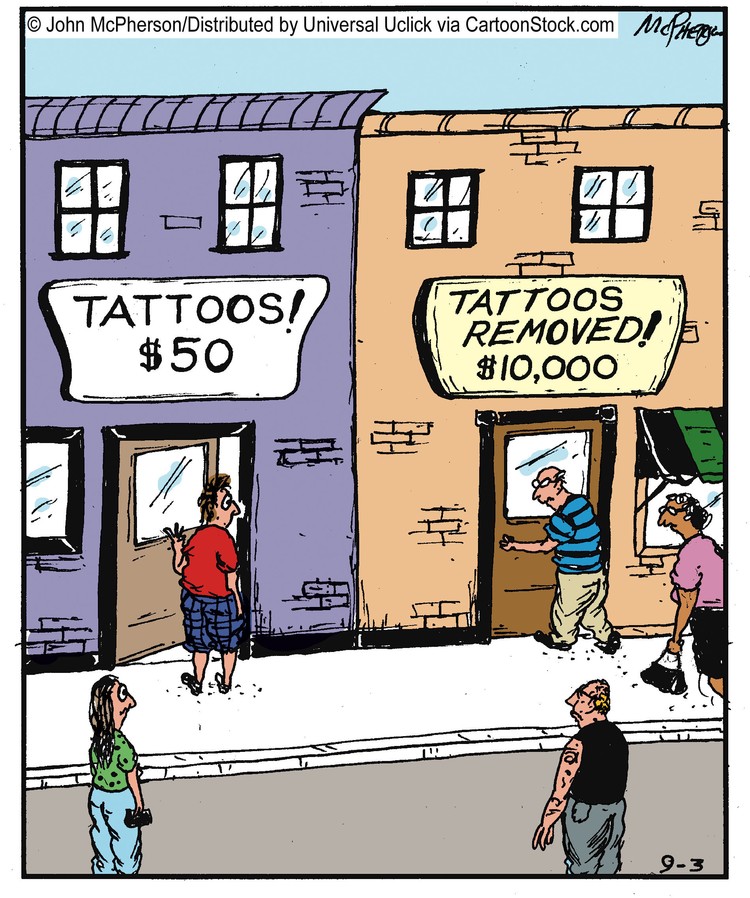
 My 16-year-old daughter has many friends with tattoos. Their parents are well aware of these permanent designs—in my state, minors must be accompanied by a parent, who is required to show ID and provide written consent.
My 16-year-old daughter has many friends with tattoos. Their parents are well aware of these permanent designs—in my state, minors must be accompanied by a parent, who is required to show ID and provide written consent.

